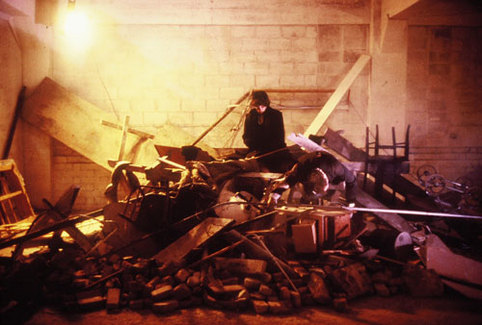About The Mapping Spectral Traces Network
|
Mapping Spectral Traces is a trans-disciplinary, international group of scholars, practitioners, community leaders and artists who work with and in traumatized communities, contested lands and diverse environments. As part of a commitment to socially engaged creative practice, network members have worked collaboratively and individually on projects that ‘map’ the unseen and unacknowledged difficult pasts that continue to structure present-day social relations. Acknowledging and addressing this emotive layer of the present and the past in contemporary life – in our cities, landscapes, and in ourselves – is a primary concern of this network. Through workshops, exhibitions, presentations, excursions, poster sessions and other forms of exchange, we have engaged in place-based social justice agendas in different parts of the world.
We believe that there is much value not only in exchanging ideas from those who come from different historical backgrounds and by engaging sensitively with particular cultural and political contexts, but also in the unexpected journey of exploring ideas and projects that emerge from international encounters and collaborations. |
As like-minded artists, scholars, designers, activists and community educators, we have worked to build a supportive, open-ended space to consider how we might respectfully engage in ‘mapping’ as a creative and research practice that might honor unacknowledged pasts and presences, and imagine more socially just futures.
The network also serves to mediate and facilitate inter- and trans-disciplinary international dialogue to explore the role of the visual and performing arts in addressing such relevant concerns as ecological activism, ‘deep mapping’, place-based memory work, trauma, postcolonial geographies and related topics. As such, it has the ability to address the unseen as well as the seen, and to wed a wider, more holistic approach to topics that too often have been the subject of narrow focus. We believe that our work should have social relevance; creative practices that enable communities and various publics to care for and represent their pasts will be particularly relevant for primary and secondary educators, for those engaged in research in higher education, and for professionals working in urban design and policy at the neighborhood scale. We also support the participation of younger and older artists and community leaders in our network who may not otherwise have access to institutional resources. |


